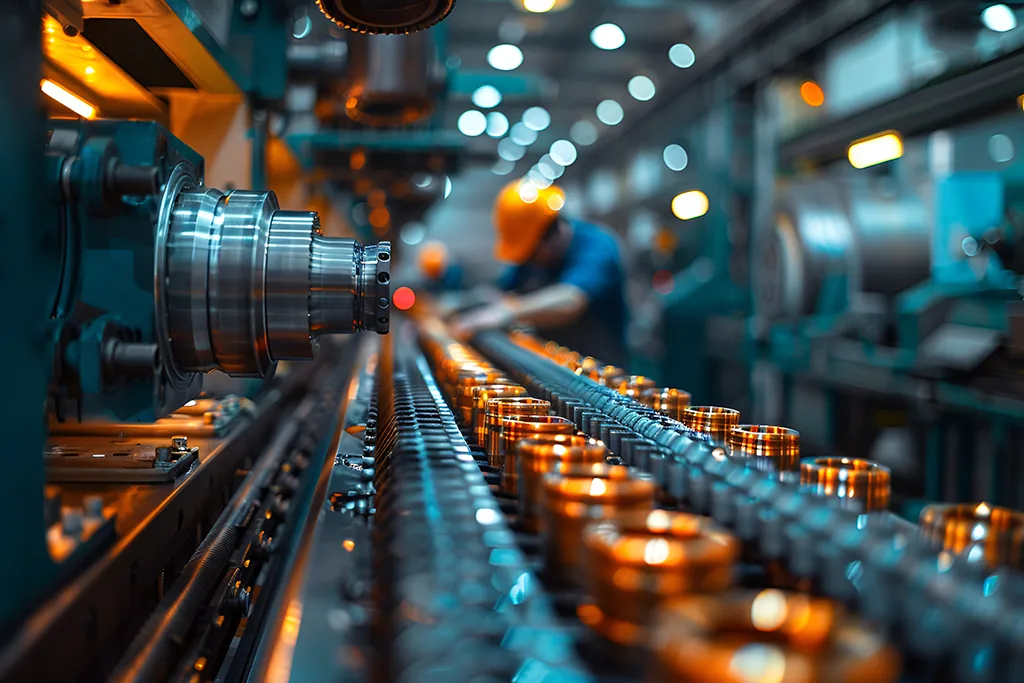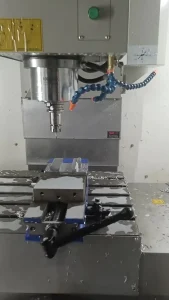Injection molding and overmolding are both crucial manufacturing processes. While they share some similarities, they have distinct characteristics. Understanding these differences can help businesses choose the right method for their needs.

What is Injection Molding?
Injection molding is a process where molten plastic is injected into a mold. This method creates solid plastic parts with precise shapes and sizes. It is widely used in various industries, including automotive, consumer goods, and electronics. The primary advantage of injection molding is its efficiency in producing high volumes of identical parts.
What is Overmolding?
Overmolding is a specialized form of injection molding. In this process, manufacturers combine two or more materials into one part. Typically, a rigid plastic is first molded, followed by the addition of a softer material. This technique enhances the part’s functionality and comfort. For example, it is often used to create ergonomic grips for tools.
Key Differences
Material Usage
One major difference lies in material usage. Injection molding primarily uses a single type of plastic. This method is ideal for producing uniform parts. In contrast, overmolding involves multiple materials. The combination of rigid and soft materials allows for greater design flexibility.
Production Complexity
Injection molding is generally less complex than overmolding. The injection molding process focuses on creating one solid part. Conversely, overmolding requires careful planning and design. Manufacturers must ensure that the two materials bond properly during the process. This added complexity can lead to increased production time.
Application Areas
The applications for these two methods also differ. Injection molding is suitable for a wide range of products, from automotive parts to household items. It excels in producing large quantities of simple shapes. On the other hand, overmolding is often used for products that require improved ergonomics or enhanced functionality. This includes items like tool handles, medical devices, and consumer electronics.
Advantages of Injection Molding
Injection molding offers several advantages. First, it is highly efficient for mass production. Manufacturers can produce thousands of parts in a short period. Additionally, the process allows for high precision and repeatability. This consistency is crucial for industries that require exact specifications.
Moreover, injection molding is cost-effective for large production runs. The initial investment in mold creation can be high, but the cost per part decreases significantly with volume. This makes injection molding ideal for manufacturers looking to produce large quantities.
Advantages of Overmolding
Overmolding also has its benefits. One key advantage is the improved user experience. Products made with overmolding often have enhanced grips and textures, making them easier to handle. This feature is especially important in tools and medical devices.
Another benefit of overmolding is reduced assembly time. Since multiple materials are combined in a single process, manufacturers can eliminate separate assembly steps. This efficiency leads to lower labor costs and faster production times.
Choosing the Right Method
When deciding between injection molding and overmolding, consider your project requirements. If you need a high volume of uniform parts, injection molding may be the best choice. However, if your product requires multiple materials for functionality or comfort, overmolding is the way to go.
Conclusion
In summary, injection molding and overmolding are both valuable manufacturing processes. Injection molding focuses on creating solid parts with high efficiency, while overmolding combines different materials to enhance product functionality. Understanding the differences between these methods can help businesses make informed decisions.
By choosing the right process, companies can improve product quality and meet customer needs more effectively. Ultimately, both methods play a vital role in modern manufacturing, offering unique advantages for various applications.
4o






